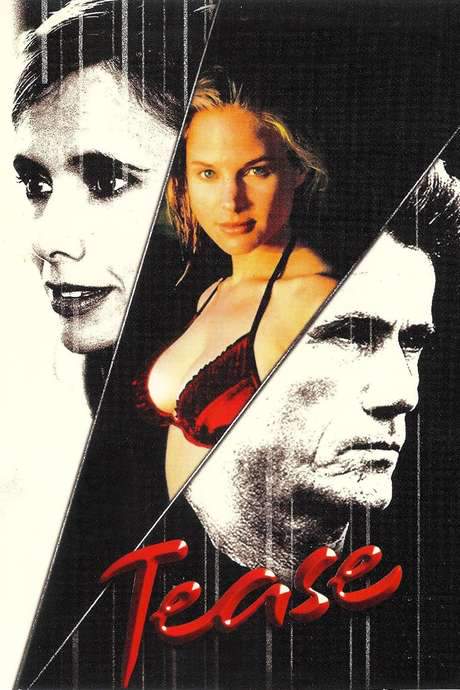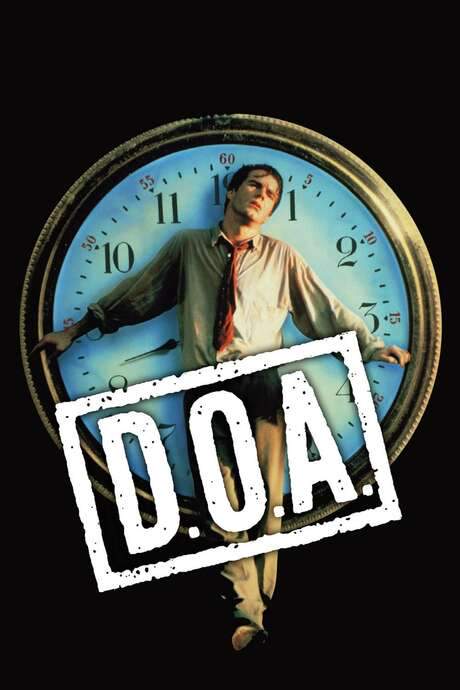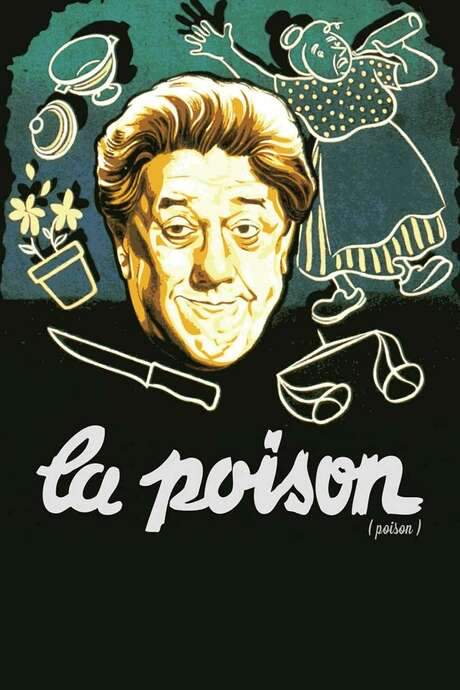
The Young Poisoner’s Handbook
Year: 1995
Runtime: 99 mins
Language: English
Director: Benjamin Ross
Graham Young is a teenage outsider in 1960s London who despises his stepmother and is fascinated by chemistry. He channels both feelings into a calculated plan to poison her slowly. After her death he is convicted, sentenced to a psychiatric hospital, and an idealistic doctor believes he can be rehabilitated, and the story raises moral questions.
Warning: spoilers below!
Haven’t seen The Young Poisoner’s Handbook yet? This summary contains major spoilers. Bookmark the page, watch the movie, and come back for the full breakdown. If you're ready, scroll on and relive the story!
The Young Poisoner’s Handbook (1995) – Full Plot Summary & Ending Explained
Read the complete plot breakdown of The Young Poisoner’s Handbook (1995), including all key story events, major twists, and the ending explained in detail. Discover what really happened—and what it all means.
Graham Young, played by Hugh O’Conor, has been fixated on death and the macabre since childhood. A brilliant chemist with a sharp mind, he secretly dreams of poisoning as many people as he can and studies ways to do it. In adolescence, he poisons a schoolmate to win the attention of a girl who was seeing him, leaving the other boy ill rather than dead, while Graham’s conversations with his date spill vivid, graphic imagery of deadly car accidents. He also devours a graphic comic-book account of a wartime act in which the Dutch Resistance killed a German army camp by poisoning their water supply with thallium, feeding his already chilling fantasies.
At the age of fourteen, Graham is arrested outside his home in Neasden after poisoning his father and his stepmother with thallium, killing the latter and leaving his father gravely ill. During the struggle with the police, he drops his “Exit Dose,” a backup plan he intended to use to take his own life if caught. He is hospitalised for nine years in an institution for the criminally insane, where a dedicated psychiatrist works with him in the hope of rehabilitation. The doctor quickly notices Graham’s pattern of deceit, as the young man appears to offer little of himself and even borrows dreams from a fellow prisoner. That exchange dissolves when the fellow inmate commits suicide, and the source of the deception is laid bare. Yet the doctor persists, and over time he manages to secure Graham’s release despite the early signs of manipulation.
Back in ordinary life, Graham takes a job at a camera factory, where he is shown the secret ingredient used in the company’s shutter system—thallium. It isn’t long before he resumes poisoning, killing two coworkers by lacing their tea with tainted thallium stolen from the laboratory, and sickening many others. For months, the exact source of the illness puzzles the workers and management alike, until a twist of hygiene procedures reveals the culprit: all personalized teacups are replaced with uniform ones to reduce the risk of targeted poisoning. Graham’s careful memory work to match each cup to its owner becomes a telltale clue, and his colleagues finally realize what has been happening. The authorities soon arrest him, and he is sentenced to a lengthy period in an ordinary prison.
During his life in custody, Graham’s past is revisited, and the path that led him there is laid bare. The story culminates in his suicide, a fatal end brought about by poisoning himself with the so‑called Newton’s Diamond he had crafted during his time in the psychiatric hospital. Throughout, the narrative probes the uneasy boundary between extraordinary intellect and dangerous compulsion, presenting a chilling portrait of a young man who channels a morbid curiosity into real, deadly harm.
Ray, a supervisor at the factory, Arthur Cox, features in the factory sequence as the new hygiene measures unfold and the investigation tightens, underscoring how ordinary settings can become the stage for extraordinary peril. Dr. Ernest Zeigler, the psychiatrist who engages with Graham during his earlier confinement, is portrayed by Antony Sher, and his professional vigilance shapes the arc of Graham’s early examination and eventual release.
Last Updated: October 09, 2025 at 09:32
Unlock the Full Story of The Young Poisoner’s Handbook
Don't stop at just watching — explore The Young Poisoner’s Handbook in full detail. From the complete plot summary and scene-by-scene timeline to character breakdowns, thematic analysis, and a deep dive into the ending — every page helps you truly understand what The Young Poisoner’s Handbook is all about. Plus, discover what's next after the movie.
The Young Poisoner’s Handbook Timeline
Track the full timeline of The Young Poisoner’s Handbook with every major event arranged chronologically. Perfect for decoding non-linear storytelling, flashbacks, or parallel narratives with a clear scene-by-scene breakdown.

Similar Movies to The Young Poisoner’s Handbook
Discover movies like The Young Poisoner’s Handbook that share similar genres, themes, and storytelling elements. Whether you’re drawn to the atmosphere, character arcs, or plot structure, these curated recommendations will help you explore more films you’ll love.
Explore More About Movie The Young Poisoner’s Handbook
The Young Poisoner’s Handbook (1995) Scene-by-Scene Movie Timeline
The Young Poisoner’s Handbook (1995) Movie Characters, Themes & Settings
The Young Poisoner’s Handbook (1995) Spoiler-Free Summary & Key Flow
Movies Like The Young Poisoner’s Handbook – Similar Titles You’ll Enjoy
Poison (1991) Detailed Story Recap
The Poison Rose (2019) Story Summary & Characters
Poison (2000) Full Summary & Key Details
Deadly Lessons (2006) Ending Explained & Film Insights
Poison (2001) Movie Recap & Themes
D.O.A. (1988) Spoiler-Packed Plot Recap
Arsenic and Old Lace (1944) Movie Recap & Themes
Another Man’s Poison (1951) Detailed Story Recap
The Green Man (1956) Full Movie Breakdown
How to Be a Serial Killer (2008) Complete Plot Breakdown
Young and Innocent (1937) Full Summary & Key Details
The Crime Doctor’s Strangest Case (1943) Detailed Story Recap
My Suicide (2009) Movie Recap & Themes
Poison (1951) Full Movie Breakdown
Arsenic & Old Lace (1962) Movie Recap & Themes

















